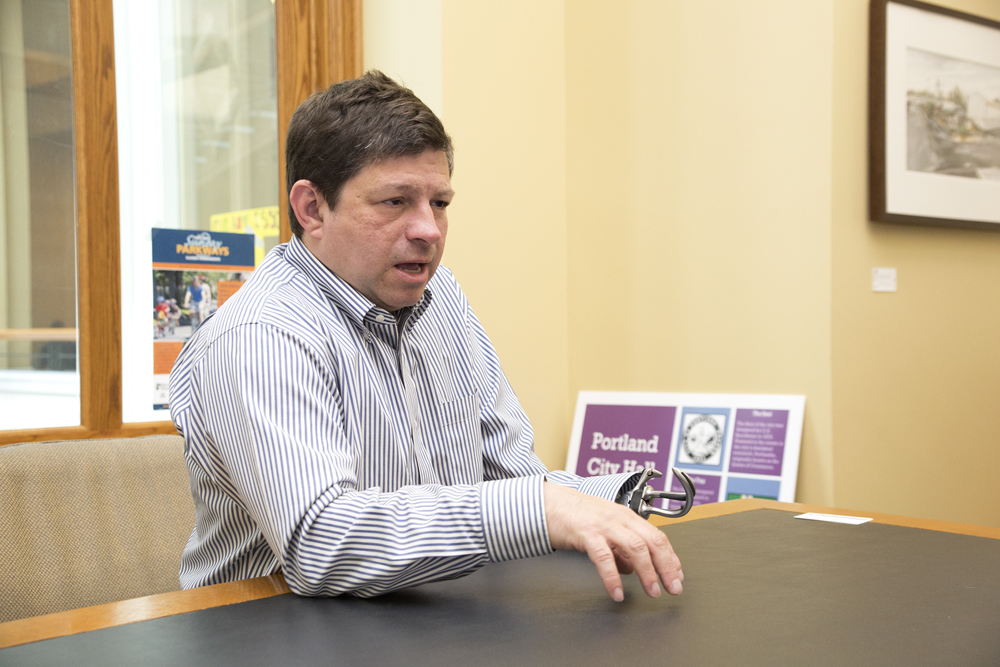A panel of elected officials, nonprofit organizers and PSU professors discussed implementing a different method of voting in Oregon to a packed house at the Portland State Urban Studies Building on Friday. Fusion voting, which is now legal in seven states and more commonly practiced in New York and Connecticut, allows voters to vote for a primary candidate under their own third party.
Voting method hits third-party voting
A panel of elected officials, nonprofit organizers and PSU professors discussed implementing a different method of voting in Oregon to a packed house at the Portland State Urban Studies Building on Friday.
Fusion voting, which is now legal in seven states and more commonly practiced in New York and Connecticut, allows voters to vote for a primary candidate under their own third party. Also known as “expressive voting,” this practice is said to encourage voters to signal their ideals and values to the primary party candidates, panel members said.
Political science Professor Melody Rose said that fusion voting could cause some ballot confusion, referencing events like the 2000 presidential election, where confusion in Florida led many to contest President Bush’s victory. There was little dissent against fusion voting in the panel of five.
Daniel Cantor, executive director of the Working Families Party of New York, and the other panelists said that fusion voting would benefit Oregon if actually enacted. Because there are not as many third-party voters as primary-party voters, Cantor said, it is nearly impossible to get a third-party candidate to win an election.
“We don’t live in a proportional system,” Cantor said. The intention of fusion voting is to “solve the wasted vote problem,” he said.
Panel members said that if a third party supported a Democrat or Republican candidate, the third party is not likely to run its own candidate in the same election, effectively reducing the amount of candidates in one election. Under fusing voting, if a third-party candidate wanted to run, the candidate would have to go through a qualification process.
With fusion voting, a candidate has the choice to accept or deny an endorsement from a third party. The candidate could be on the ballot two or more times-one spot under the candidate’s represented party, and another for the third party or parties that endorse this candidate.
Panelists said that this would prevent a spoiler effect, which most recently was seen in the 2000 presidential election. Many speculated that votes for third-party candidate Ralph Nader took votes from Democrat Al Gore, leading to Bush’s victory.
“[It will] allow people to vote their hope, not their fear,” Oregon State Sen. Ben Westlund said of fusion voting. Westlund recently left the Republican Party to become an independent.
“We need to go further than just fusion voting,” Westlund said, explaining that this reform is only the first step towards a more proportional electoral system.
This style of voting was legal in Oregon until the early 1900s, and is now in the process of being considered by the Oregon Legislature for reenactment.
Speakers at the panel included Ben Westlund, state senator, Deschutes County; Daniel Cantor, executive director of the Working Families Party of New York; Chip Shields, state representative of Multnomah County; Melody Rose, professor of political science at Portland State; and moderator Regina Lawrence, chair of the Portland State Political Science Department.



